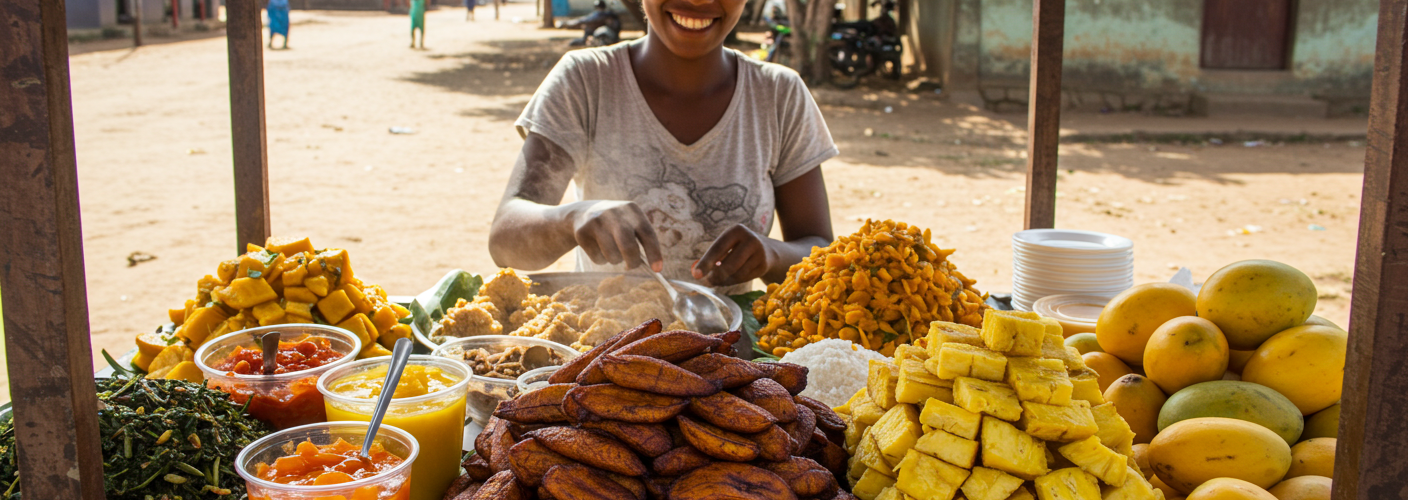Madagascar, the fourth largest island in the world, is renowned for its diverse ecosystems and unique wildlife. However, one of its lesser-known treasures lies in its rich and varied culinary landscape. The island’s food is a fascinating blend of influences, reflecting its history and the cultural diversity of its people. Here, we delve into the flavors of Madagascar and what makes its cuisine truly special.
A Melting Pot of Influences
The food in Madagascar is a reflection of its unique geographical position, with influences from Africa, Asia, and Europe. The island has been shaped by trade routes that brought spices and cooking techniques from the East, which combined with traditional African staples. This fusion is evident in the ingredients used and the way food is prepared and served.
Rice is the cornerstone of the Malagasy diet, often accompanied by various stews, curries, and sides. A typical meal might consist of a generous serving of rice served with “romazava,” a traditional dish made of zebu (a type of cattle native to Madagascar) simmered with an array of vegetables and aromatic herbs. The dish showcases the island’s affinity for rich, hearty flavors.
The Staples of Madagascar Cuisine
In addition to rice, other staple foods include cassava, sweet potatoes, and maize. Cassava, in particular, is a versatile ingredient that can be boiled, fried, or ground into flour for a variety of dishes. These staples often serve as the base for meals, reflecting the agricultural practices of the island’s inhabitants.
Seafood also plays an important role in Madagascar’s culinary scene, thanks to the surrounding Indian Ocean. Fresh fish, such as ray, tuna, and grouper, are grilled or prepared in rich coconut milk curries, often served with a side of rice or plantains. The coastal regions are famous for their unique seafood dishes that highlight the freshness of local catches.
Unique Flavors and Ingredients
Madagascar is home to some of the world’s most exquisite spices, most notably vanilla, which is produced on a large scale in the regions of Sava and Antalaha. The island is famed for producing high-quality vanilla used in desserts, savory dishes, and beverages. Other local spices include cloves, cinnamon, and pepper, which add depth and personality to Malagasy dishes.
Herbs such as cilantro, garlic, and ginger are commonly used to enhance the flavors of stews and sauces. Another unique ingredient worth mentioning is “sambos,” a savory pastry filled with spiced meat or vegetables, resembling the Indian samosa. This treat is often enjoyed as a snack or appetizer.
Sweet Endings
No meal in Madagascar is complete without a sweet note. Traditional desserts often incorporate tropical fruits like mangoes, bananas, and lychees. “Koba,” a delicious snack made from ground peanuts and rice flour, wrapped in banana leaves and steamed, is a beloved option among locals and visitors alike.
Exploring Malagasy Cuisine
For anyone looking to explore culinary delights, Madagascar offers a wide array of dining experiences, from bustling street food stalls to elegant restaurants. Each venue provides a glimpse into the vibrant culture and the warm hospitality of the Malagasy people.
In conclusion, Madagascar’s food is as diverse and unique as its landscapes. It invites you to experience a culinary adventure that highlights the island’s fascinating history and cultural richness. Whether you’re tasting local specialties or cooking up traditional dishes at home, there’s no denying that Malagasy cuisine is sure to leave a lasting impression.




Add comment